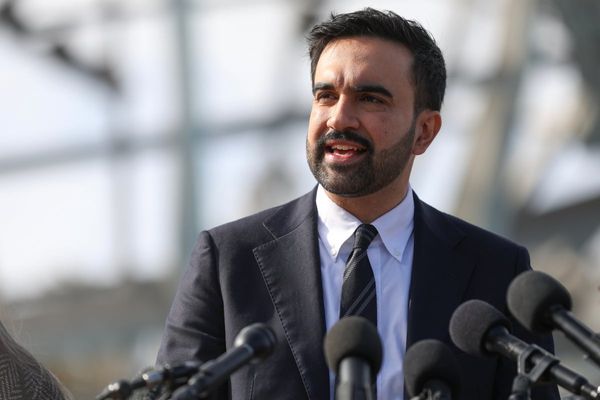Creating a trust fund for your child is a thoughtful step toward securing their financial future, but it’s not a set-it-and-forget-it decision. Too many parents assume that once a trust is established, the work is done. However, regular trust fund check-ins are essential to ensure everything is still aligned with your goals, your child’s needs, and current financial laws. Life changes, laws change, and even your child’s financial maturity can shift how and when that trust should be accessed. Here are six key areas every parent should revisit to keep their child’s trust fund working as intended.
1. Review the Trustee’s Role and Performance
The person or entity managing your child’s trust fund holds a lot of power and responsibility. It’s important to regularly assess whether that trustee is acting in the best interests of your child and following the instructions you’ve outlined. A good trustee is organized, communicative, and transparent about decisions made with the fund. If you’ve selected a family member, confirm that they still feel comfortable and capable in the role. A thorough trust fund check should always include evaluating the trustee’s performance and making a change if necessary.
2. Confirm the Trust Fund’s Asset Allocation
Over time, the market shifts, and so should your trust fund’s asset strategy. What made sense when your child was a toddler might not fit their future goals as a teen or young adult. Check how funds are invested and whether the risk level is still appropriate given the time horizon before distribution. If the trust includes real estate or business interests, make sure those are being managed properly as well. A trust fund check should involve a financial advisor who can review whether the current allocation supports long-term growth and stability.
3. Check for Updates in Tax Laws or Legal Requirements
Tax laws related to trusts and minors can change, sometimes dramatically, and those changes may impact how much of your child’s inheritance ends up going to the IRS. It’s important to stay up to date on the legal and tax implications of the trust fund to avoid unexpected bills or compliance issues. Sometimes, small adjustments to how income is reported or distributed can result in big savings. An annual trust fund check with an estate planning attorney or tax professional can make a major difference. Don’t assume the structure that worked five years ago still works now.
4. Verify That Beneficiaries and Terms Still Match Your Wishes
Life can change quickly—divorces, remarriages, new siblings, or changes in your child’s needs or maturity can all affect how you want the trust to be structured. Make sure the named beneficiaries and distribution instructions still reflect your current intentions. You may want to add protections against misuse, stagger distributions over time, or redirect portions to education or healthcare expenses. These changes aren’t automatic; they require formal updates to your trust. Including this review in your regular trust fund check helps avoid future conflict or confusion.
5. Assess How and When Funds Will Be Distributed
Some trusts release all funds at a specific age, while others are structured to offer staggered payments over time. If your child is approaching the age of access—or has already reached it—make sure you’re confident in the distribution plan. In some cases, it’s wise to restructure to prevent a large lump sum from landing in the hands of someone who isn’t ready. Talk with your financial advisor about options like milestone-based distributions (e.g., for college, buying a home, or starting a business). A trust fund check ensures that timing and structure align with your child’s best interests.
6. Look for Administrative or Funding Gaps
One of the most overlooked issues in a trust fund check is whether the trust has been fully funded or managed properly. Sometimes assets are meant to be added but never actually transferred into the trust. Other times, a bank or investment account may be improperly titled or not integrated into the trust at all. This can lead to probate delays or your child missing out on intended benefits. A good trust fund check should include a detailed inventory of assets and a review of whether everything is correctly titled and legally owned by the trust.
Staying Proactive Protects Your Child’s Future
Your child’s trust fund isn’t just about money—it’s about intention, planning, and long-term support. Regular trust fund check-ins help make sure your plan holds up to real-world changes. Taking time to review the details annually protects against errors, legal risks, and missed opportunities. With the right professionals involved and a watchful eye, you can feel confident that your child’s financial foundation is solid and secure.
Do you have a regular trust fund check process in place? What advice would you offer other parents just getting started? Share your thoughts below!
Read More:
Want to Secure Their Future? These 6 Steps Help Keep Inheritance Intact
12 Estate Planning Mistakes That Leave Kids in Chaos
The post Trust Fund Check: 6 Urgent Checks for Your Child’s Trust Fund appeared first on Kids Ain't Cheap.








